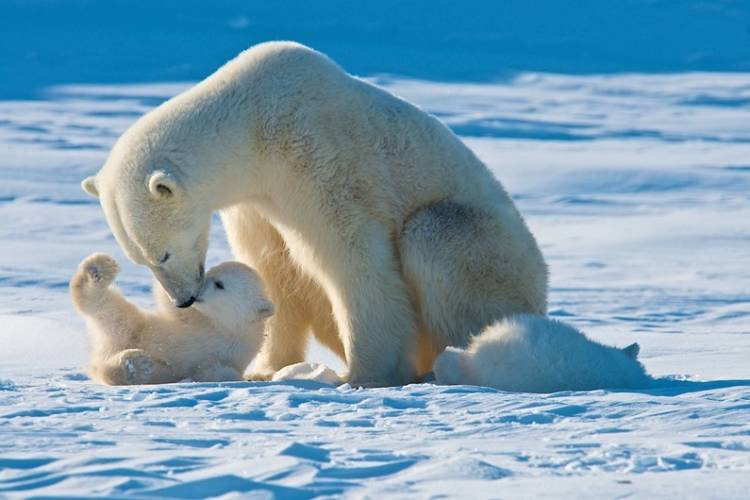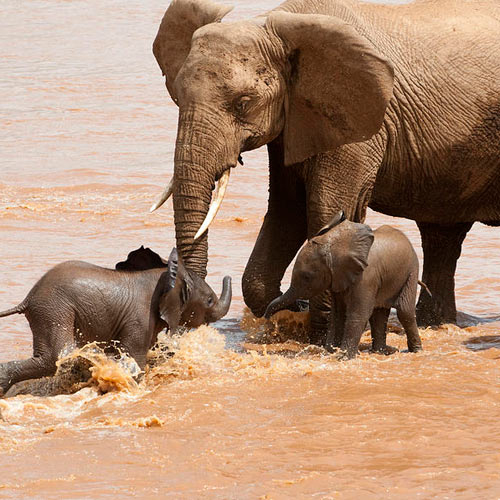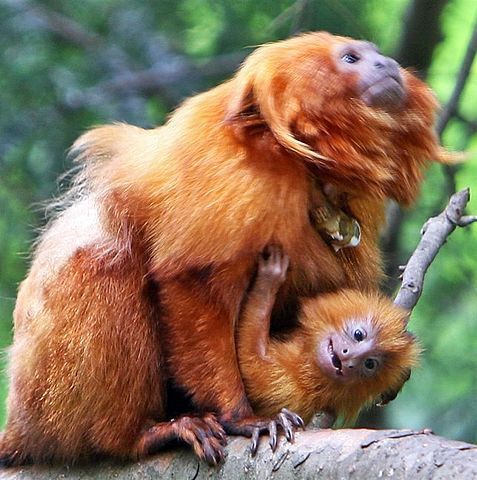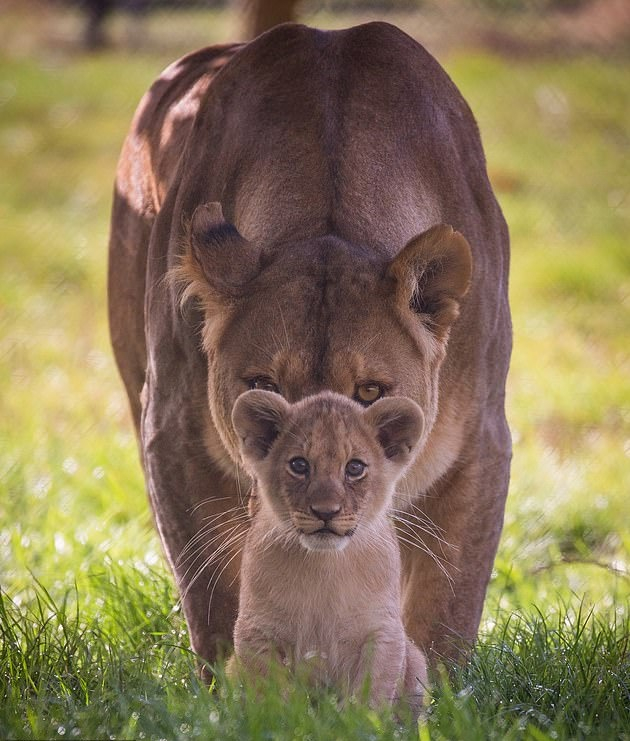In the natural world, parental care takes on myriad forms, each uniquely adapted to ensure the survival and well-being of offspring. Parental care emerges as a cornerstone of the survival and perpetuation of species. From the frosty realms of the Arctic to the sun-drenched savannas of Africa, animals exhibit an astonishing array of nurturing behaviors to ensure the well-being of their young.
In the frigid expanses of the Arctic, the polar bear reigns supreme as a symbol of maternal dedication. Pregnant females retreat to secluded dens, where they give birth to vulnerable cubs during the harsh winter months. Over the ensuing months, the mother bear provides her offspring warmth, protection, and sustenance, nursing them with rich milk that ensures their rapid growth. With the arrival of spring, she leads her cubs out into the world, teaching them the essential skills needed to thrive in their icy domain.

Turning to the African plains, we encounter the awe-inspiring spectacle of the African elephant, the largest land mammal on Earth. Within the tightly-knit social structure of elephant herds, female matriarchs play a central role in guiding and nurturing the young. Expectant mothers receive support and assistance from their relatives during childbirth, and once born, calves are welcomed into a nurturing community that values cooperation and collective care. Under the watchful eye of the matriarch, elephant calves learn the complex intricacies of communication, navigation, and foraging, ensuring their survival in the challenging African landscape.

Beneath the azure waters of the ocean, the graceful manta ray showcases a remarkable example of parental protection. After mating, female manta rays carry their developing embryos within their bodies for up to a year, providing them with a safe and nutrient-rich environment to grow. Once fully developed, the female gives birth to live pups, who emerge into the vast expanse of the ocean under the watchful gaze of their mother. In a display of maternal devotion, female manta rays will often hover protectively over their offspring, shielding them from potential predators and guiding them on their journey through the ocean depths.

In the dense rainforests of South America, the golden lion tamarin captivates with its intricate family dynamics and cooperative parenting strategies. Within closely-knit family groups, adult males and females share the responsibilities of raising their young, with each member contributing to the care and upbringing of the group's offspring. From grooming and feeding to vigilantly guarding against threats, golden lion tamarins exemplify the power of communal cooperation in ensuring the survival of future generations.

As we reflect on the boundless wonders of the natural world, we observe extraordinary examples of parental care exhibited by the diverse inhabitants of our planet. From the Arctic's icy realms to the rainforest's lush depths, the animal kingdom offers a profound testament to the enduring power of love, sacrifice, and nurturing care.
